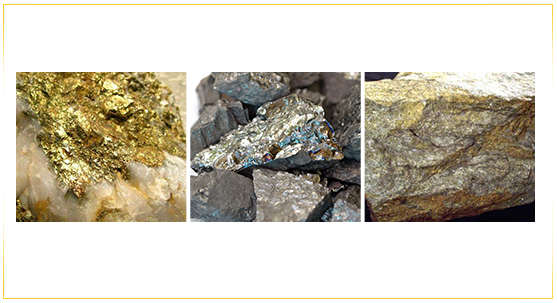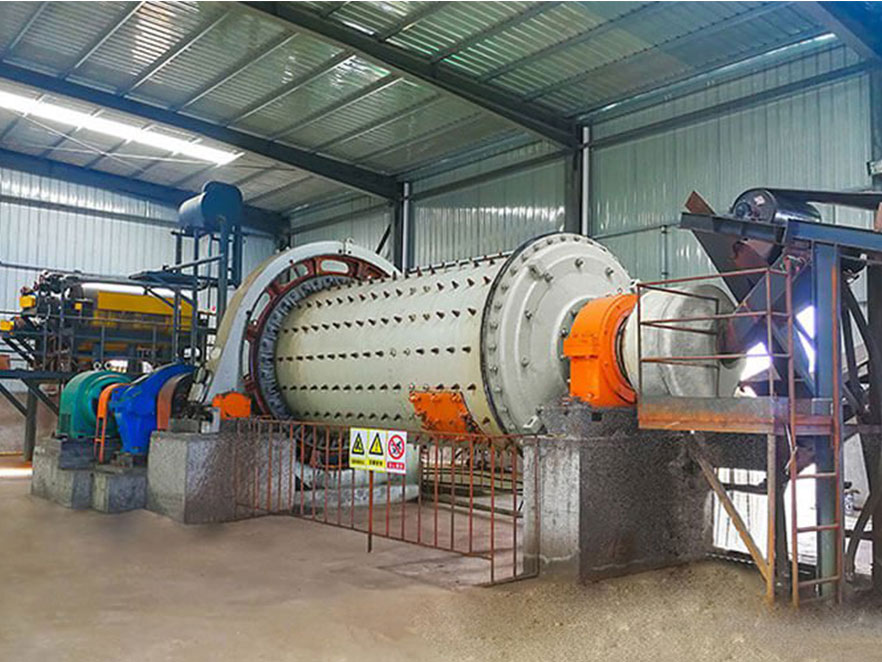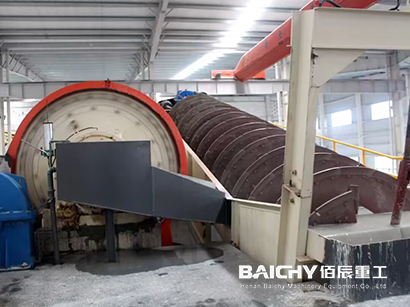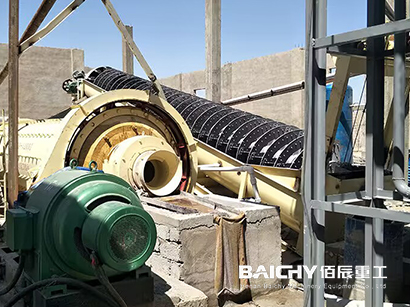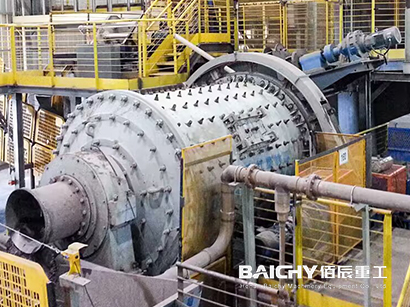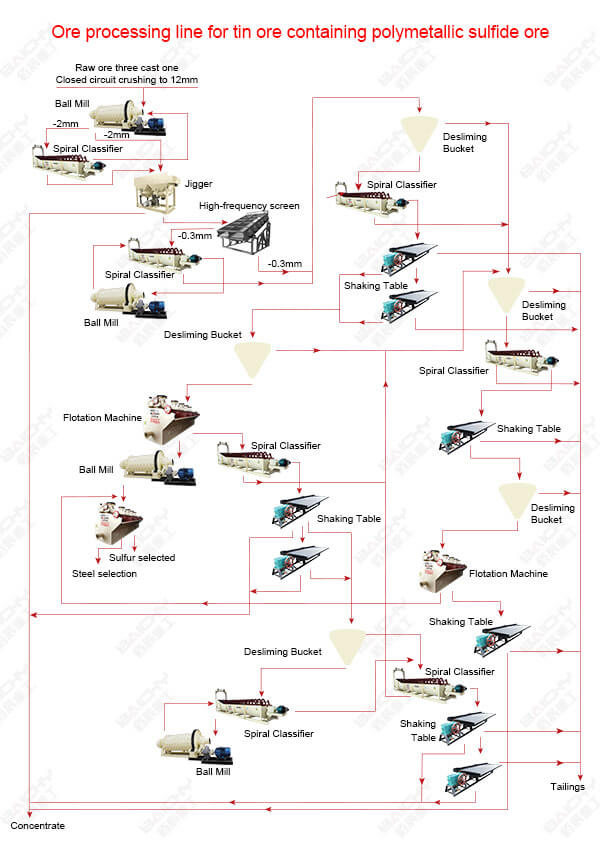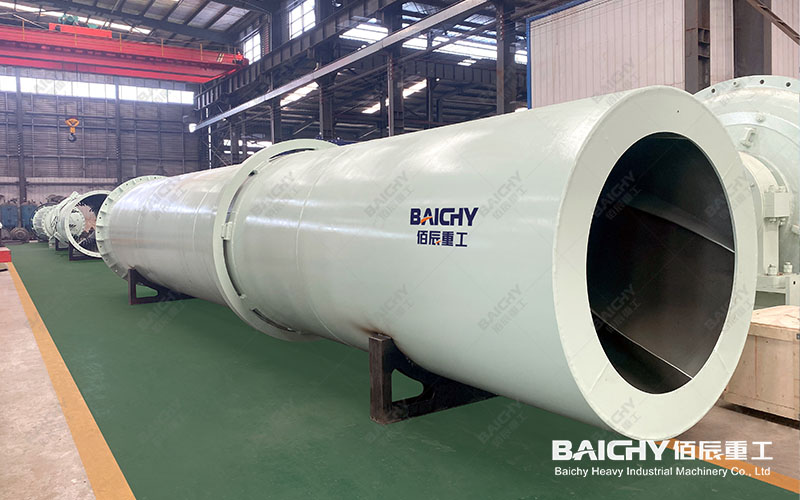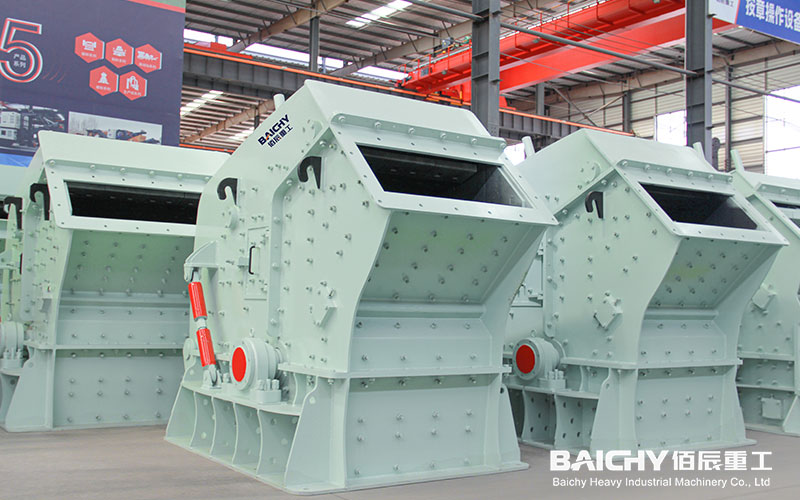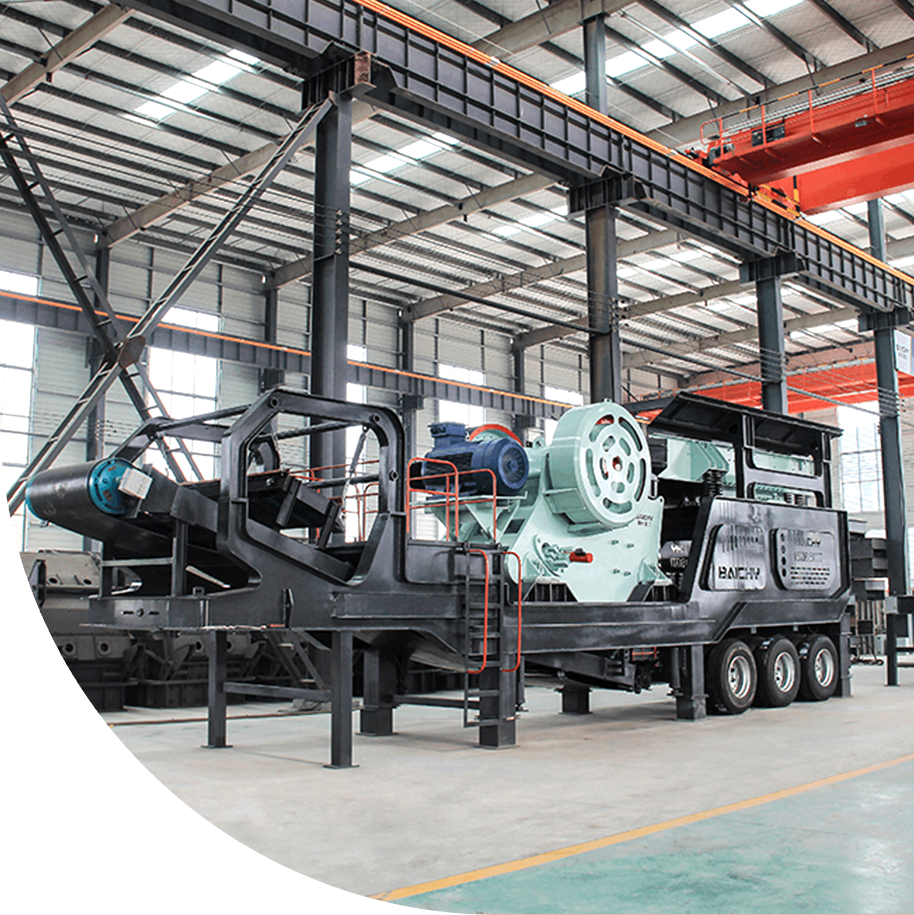The gold ore processing production line can extract gold efficiently and environmentally friendly manner through a scientific process and advanced equipment, and maximize economic benefits. The following are its core advantages:
1. High recovery rate, increase gold production
Advanced ore dressing process: Combined with gravity separation, flotation, cyanide leaching, and other technologies, the recovery rate is optimized for different types of gold mines (oxide ores, sulfide ores, associated ores) (up to 90% or more).
Fine control: Reduce gold loss and improve extraction efficiency through grinding particle size adjustment and reagent ratio optimization.
2. High degree of automation and reduced labor costs
Intelligent control system: Adopt PLC/DCS automatic management, real-time monitoring of crushing, grinding, leaching, and other links, and reduce human errors.
Energy-saving equipment: High-efficiency ball mills, flotation machines, etc., reduce energy consumption, and automated conveying systems reduce human dependence.
3. Environmental compliance, reducing pollution risks
Green process:
• Cyanide wastewater treatment (such as ozone oxidation, activated carbon adsorption) meets the discharge standards.
• Tailings dry stacking or backfilling technology to prevent heavy metal pollution of soil and groundwater.
Compliance with international standards: Meet ISO 14001 and other environmental certification requirements to avoid legal risks.
4. Flexible adaptation to different types of gold mines
Modular design: The process flow can be adjusted according to the characteristics of the ore (such as placer gold, rock gold, and associated gold), for example:
• Coarse gold → Gravity separation (jigging machine + shaking table)
• Fine gold → Flotation + cyanide leaching
• Complex ore → Combined process (gravity separation + flotation + carbon adsorption)
5. Significant economic benefits and fast return on investment
Low cost and high return:
• Scaled production reduces the processing cost per ton of ore.
• By-products (such as sulfur concentrate and silver) can be comprehensively utilized to increase revenue.
Rapid production: Mature technology shortens the construction period, and stable production can be achieved in 6-12 months.


